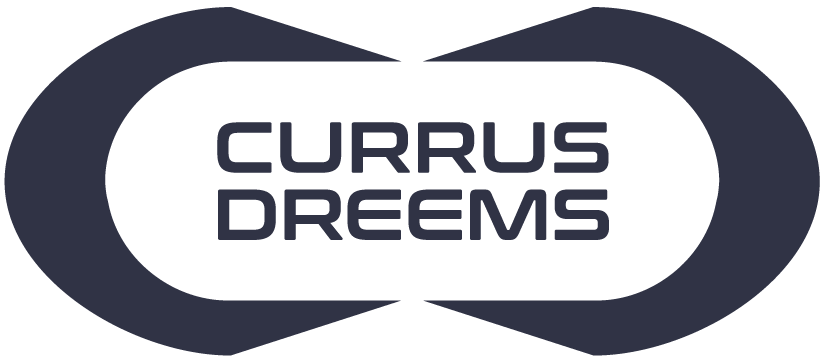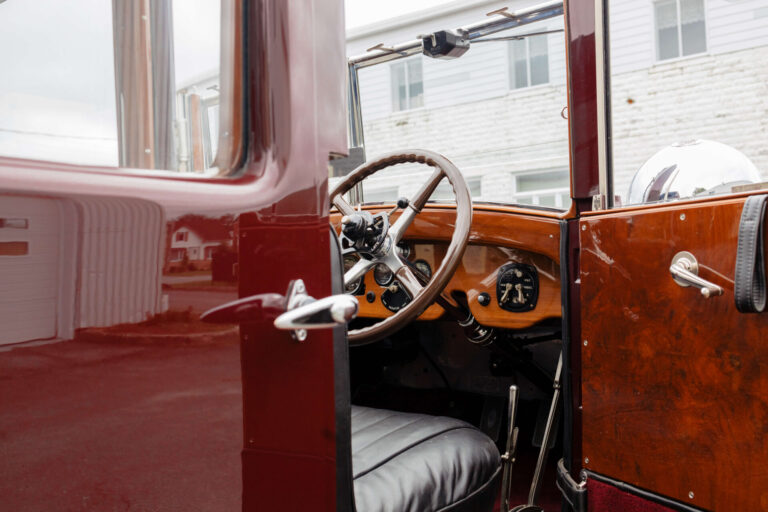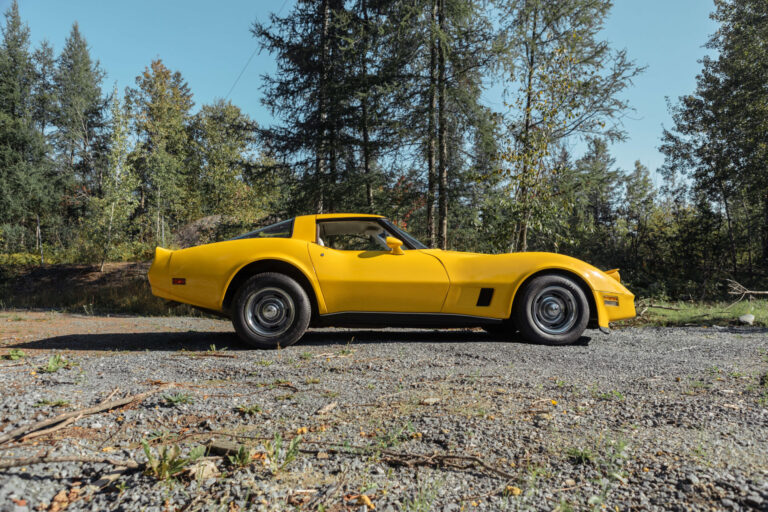The Automotive Dream “One man and his dream had not simply left the world with an engine and four wheels; Henry Ford and his Model T had influenced people's everyday lives - where they lived, how they spent their leisure time, even how they viewed themselves.” - Gary...
Auburn 6-654 Salon Cabriolet 1936

Recent posts
Lagonda 16/80 Special Six 1933
English Touring The car we present to you this week is the Lagonda 16/80 Special Six in the Demers Car Collection. Lagonda was a luxury British car brand that Aston Martin eventually absorbed. Through its association with Aston Martin, it is sometimes hard to remember...
An Introduction to Lagonda
Before Aston Martin “The history of Lagonda cars is synonymous with sophistication, opulence, and groundbreaking performance” - An article for Discovery UK Today, we may recognize the name Lagonda from its association with Aston Martin. Before these two brands...
Cadillac Model A 1903
The Standard of the World “No other American car on the market in the first decade of the century was constructed to higher standards than Cadillac.” - Stephen W. Sears in The Automobile in America Some of you may know that Cadillac has long had the slogan “Standard...
The Last of the Auburns
In their time, Auburns were considered to be relatively cheap cars, today they are considered Classics. Especially those, like this one, that were built after 1931. This late model is one of the last ones produced before Auburn ceased operation in 1937 with the fall of the ACD car empire. Arguably, the Speedster is Auburn’s most recognizable model today. They were popular back in the day too, but although they brought people into showrooms, buyers most often then not ended up choosing cheaper, more utilitarian cars like this one. Here’s a closer look at the Auburn 6-654 Salon Cabriolet.

Auburn at a Glimpse
The Ekhart brothers founded the Auburn Automobile Company in 1900 as an outgrowth of their family carriage business. As pioneers in the automotive field, they bet, rightly so, that combustion engines would be the future of mobility. Initially, Auburn cars were assembled cars, meaning externally purchased parts, like the engine, were put together to produce the brand’s cars. This allowed the Eckhart brothers to lower development costs and even offer what other constructors would call “options” as standard equipment. Till the end though, Auburn bodies were assembled by hand.
Auburn remained an independent builder until 1919 when financial issues forced the brothers to sell the company they created to a group of investors from Chicago. The “Chicago Gang,” as they were called in Auburn, then hired Errett Lobban Cord, a brilliant salesman and entrepreneur, to turn things around, which he did. Then came the brand’s glory days of the late 1920s and early 1930s, with sales increasing dramatically and with the company faring very well through the economic crash of 1928-9. In those years, Auburn produced a wide range of models, from the sexy Speedster to everyday cars, offering both reliability and good looks, at incredibly low prices.

The Last of the Great Auburns
Auburn’s best sales year was 1931 with 33,000 cars produced, but sales then dropped dramatically. Unfortunately for classic car lovers, Auburn ceased operations in 1937, making 1936 Auburns the last ones. Some believe that perhaps, Auburn failed because its cars were too cheap for what they were worth. Perhaps, the Great Depression is to blame as many other smaller American car manufacturers also ceased operations around the same time. Perhaps it is because its once savior Errett Lobban Cord had lost interest in the project and had moved on to other ventures. Perhaps it’s all of the above.

The Cabriolet and the 654
As is the case today, convertible, or “cabriolet,” cars were always more luxurious and expensive than their closed equivalent. Auburn, is one of the first American car manufacturers to produce convertibles as early as 1928. In a short time, convertible options were offered in five Auburn series, and from 1931, they were offered in all series. Auburn quickly controlled a large slice of the American cabriolet market, despite never producing great volumes. The particular one in the Demers Car Collection is the six-cylinder 654, one of two series offered that production year, in the salon trim option. The 654 was first introduced in 1934 and was the last complete restyling of Auburns. Penned by Al Leamy, the Auburns from this period are described as having an “art-deco flavor.” Although the one you see here has been completely restored. The color scheme chosen here reflects this esthetic: cream, almost white exterior, with light blue and orange accents.

What Now?
The car you see here was painstakingly restored by its previous owner with exceptional attention to detail, a project that took the better part of a decade. It has been in the Demers Car Collection for about twenty years now. The previous owner claimed that only six examples of this model exist in the world. As a classic Auburn, a convertible of the early days, and one of the last vehicles produced by the famous brand, this car deserves to be preserved so that future generations can also enjoy its beauty and significance.

The Nitty Gritty
- Startix reboot system;
- Inline 6-cylinder Lycoming engine;
- $1,100 original price;
- 85 hp;
- 3,180 lb or about 1,442 kg;
- 120 in. wheelbase;
- 3-speed synchro gearbox.






